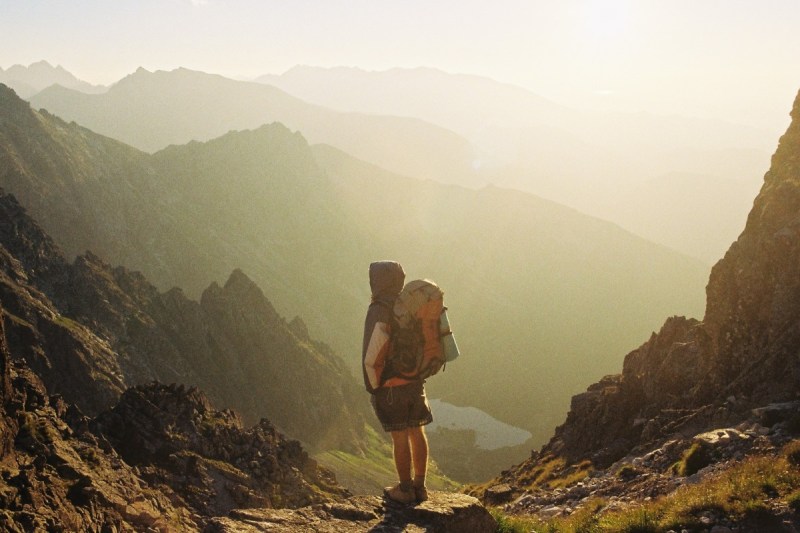
There’s something special about the backpacker lifestyle. It’s filled with rapid jags through a series of exciting cities, making friends in hostels, and partying every step of the way. Generally speaking, it’s a pursuit for those in their late teens or early 20s who have the energy, extroversion, and hangover tolerance for such things. Eventually, however, this form of travel begins to wear on you.
That doesn’t mean you need to stop traveling, but it might be an indication that you’ve outgrown the backpacker phase of your life. To that end, we’re taking a look at a few signs that it might be time to move beyond the way of backpack travelers. We’ll also give you some travel tips that will help you be a more mature (and less hungover) traveler.
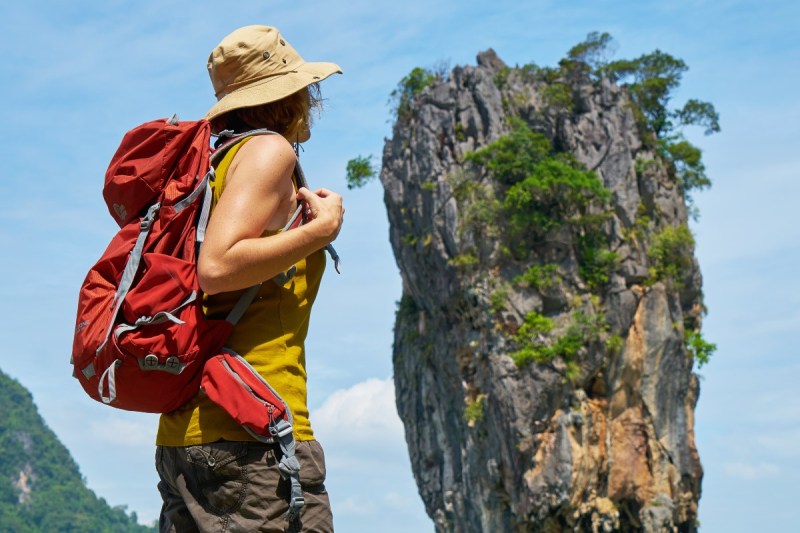
What is a backpacker?
As the name suggests, a backpacker is someone who travels with a backpack rather than a suitcase. Backpackers come in all varieties, but as suggested above, the designation tends to be applied to younger globetrotters who are traveling at a fairly rapid pace, which makes a backpack the ideal luggage of choice when it comes to being on the go. Backpackers can certainly be older, however, and while the party lifestyle isn’t necessarily inherent to this mode of travel, it certainly tends to be the cliche.
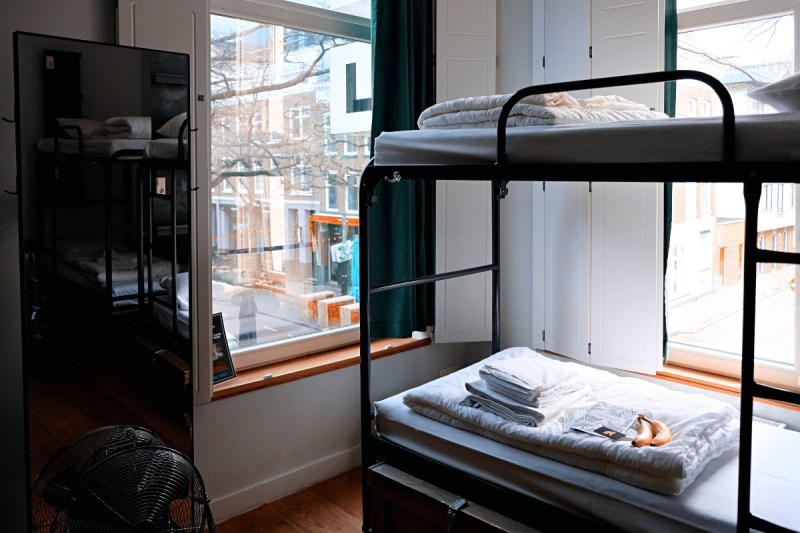
1. Hostels are losing their appeal
For young travelers, the backpacker hostel is an exciting place. Sharing a dorm with a handful of other people allows you to make friends from all over the world, and hostels are often outstanding places to party. At some point, however, hostels begin to lose their appeal. You start to crave privacy, particularly if you’re traveling with a partner. Eventually, staying at the center of the fiesta begins to take a toll on your sleep.
Solution: It’s time to start booking comfy Airbnbs or hotels. There’s an entirely different sort of pleasure that comes with having your private apartment in Paris or wherever, or in checking into a fresh hotel room all of your own.
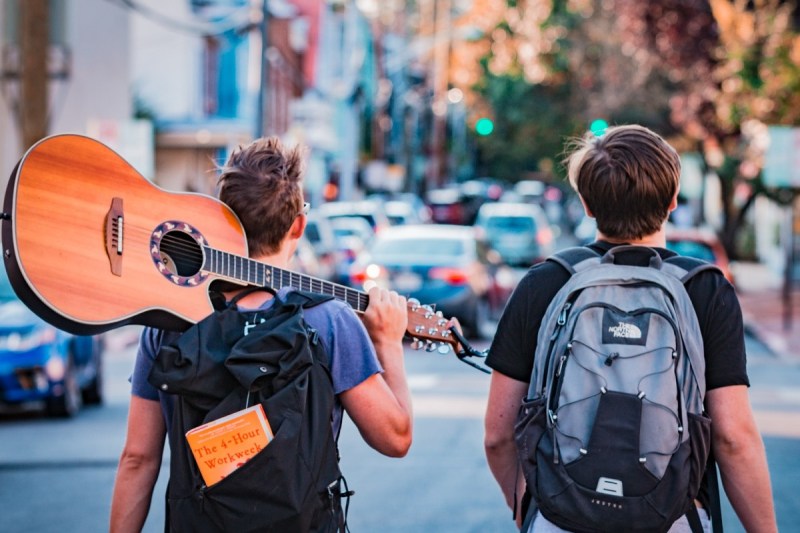
2. The typical backpack starts to seem impractical
The hiking backpack might be designed for mountain treks, but city-hopping backpackers love them because they’re so easy to sling over your shoulder and head on your way. They also fit the image. Eventually, though, they start to feel impractical, either because you’re tired of digging around in their top-loading layout or you’re simply tired of lugging around all your life’s possessions on your back.
Solution: Up your luggage game. That might mean trading up the hiking backpack for a more urban-friendly design like that of the front-loading Cotopaxi Allpa or Tortuga Travel Backpack, or it might mean ditching backpacks entirely in favor of wheeled suitcases.

3. Hangovers go from fun to nonfunctional
When you’re younger, long nights of partying — shots, shots, shots! — are key aspects of the trip, and the resulting hangovers are kind of fun as you go out for hair-of-the-dog breakfasts with your newfound friends. Then comes the day when you can’t stand hangovers anymore, and instead of greasy diner food and a Bloody Mary, they mean you end up staying in bed and missing a day of travel.
Solution: It’s time to slow down the booze train. That doesn’t mean you can’t enjoy drinking while traveling, but it does shift much of the emphasis off of it. Instead, you’ll enjoy mornings of exploring your destination sans nausea and a headache.

4. The window seat loses its appeal
In the beginning, every traveler wants the airplane window seat so that they can see everything. At a certain point, however, you realize that you rarely see much of anything outside those puny windows. Besides — you’re sick of climbing over two people every time you need to whiz.
Solution: Book an aisle seat. As an added bonus, you get to enjoy a bit more legroom as you can stick a hoof out into the aisle.
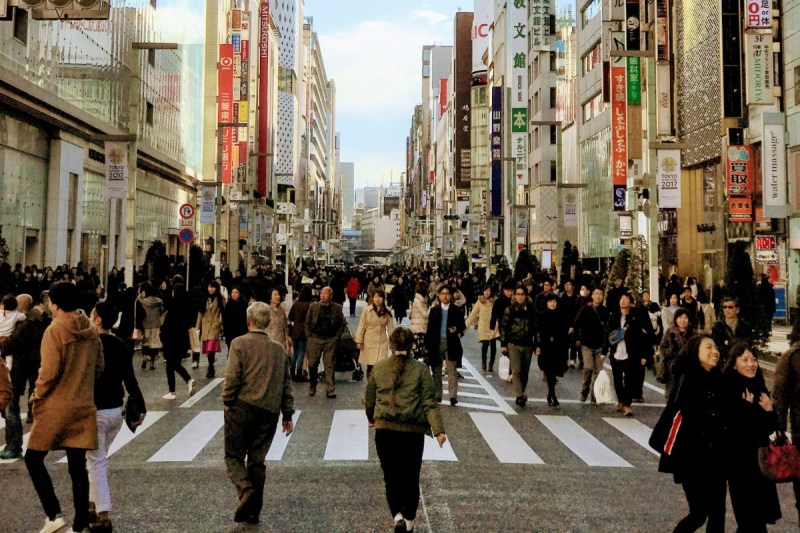
5. The beaten path begins to feel too beaten
Places like Paris, Barcelona, Amsterdam, and Bangkok are paradise for young backpackers seeking the thrills of the big, popular cities. When they do go to smaller destinations, they still tend to be hotspots like the Thai islands, Banff, or Tulum. At some point, however, these busy hubs begin to feel too crowded or well-known, particularly if you’ve visited a place multiple times.
Solution: Get off the tourist track. There are plenty of incredible cities that aren’t tourist magnets, and the world is full of small towns and natural spaces to explore.
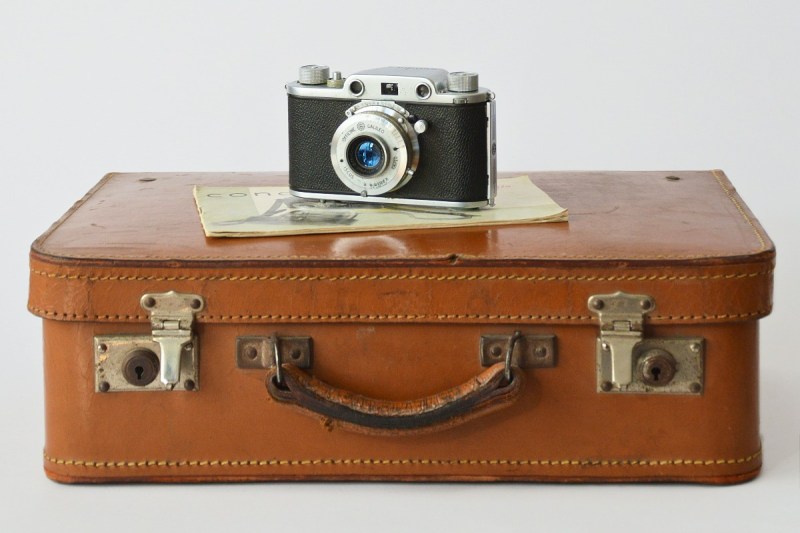
6. You’re tired of traveling like a minimalist
Backpacking is all about traveling light and fast. That means having minimal clothing and little to no luxuries. While the lightweight bag is nice, traveling completely devoid of clothing options and few comforts becomes tiresome.
Solution: Pack more stuff. Don’t go overboard, but sometimes it’s nice to have a classy outfit to wear to dinner or an extra pair of shoes for running or whatever. Bringing along the little comforts — a couple of books, more toiletries than the minimum necessities, and so on — starts to make more and more sense, especially once you’ve chucked the backpack in favor of a wheeled suitcase.
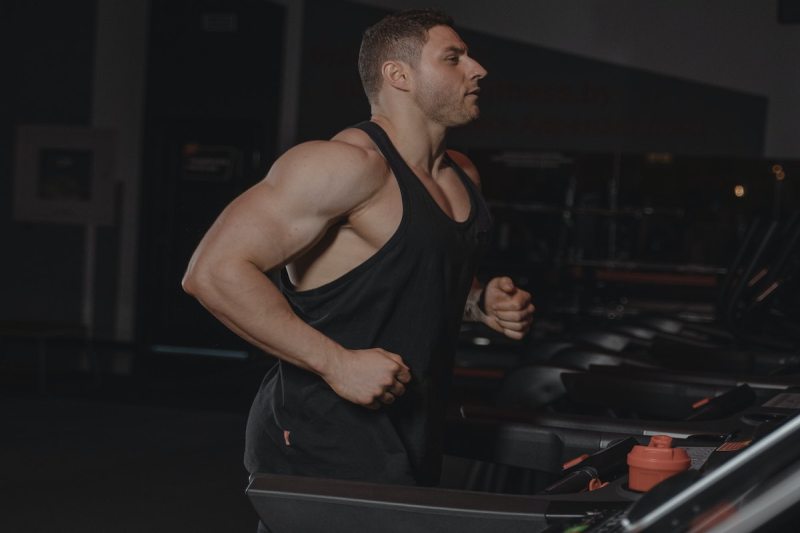
7. You start to miss your health routine
When you’re a younger traveler, health tends to take a back seat. You worry less about what you’re eating, missing workouts, and the aforementioned overindulgence with booze. The day comes, however, when you begin to prioritize your health more.
Solution: Take your health routine on the road. That means packing along a set of workout clothes, booking a hotel with a gym or an Airbnb near one, and paying attention to what you eat — at least to a certain degree — over the course of your trip. This is right about the time when health retreats and other wellness destinations begin to look increasingly appealing.



